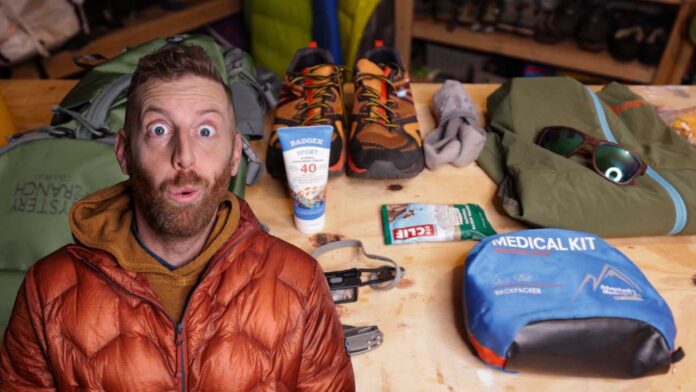I typically talk about multi-day trail adventures on my YouTube channel – hence the “BackpackingTV” title. But I also want to show some love for classic, loveable, gateway day hikes. Day hiking opens the door to infinite possibilities in the backcountry and I have a list of hiking essentials to share.
Moving your body over natural terrain, sucking in some fresh air, soaking up that Vitamin D, and maybe even mingling with wildlife (from a safe distance, of course) is a surefire way to boost both endurance and joy. If you are looking to get into this pastime, or learn more about how to better approach it, then follow along with these essentials of day hiking.
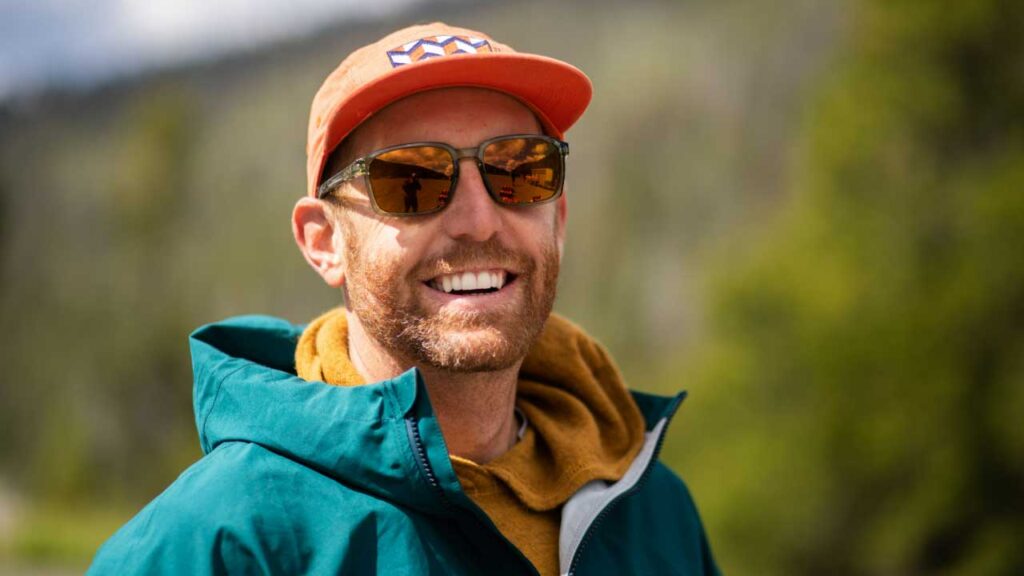
Day Hiking Essential #1: Yourself!
Regardless of your fitness level, a willing spirit, curiosity, and an open mind will serve as an excellent foundation for your hiking career. And if you lack in any of these areas, go for it anyway! Hiking is definitely one of those activities where you can fake it 'till you make it. While I will point out some helpful gear in a moment, generally speaking, the barrier for entry when it comes to day hiking is incredibly low compared to many other sports.
For many simple routes, you don't need much more than a bottle of water. As you progress, you can build up a tried-and-true pack, incorporate certain safety measures, and take on more advanced trails. Or not! There is always the option to settle into a comfortable groove and just enjoy the great outdoors.
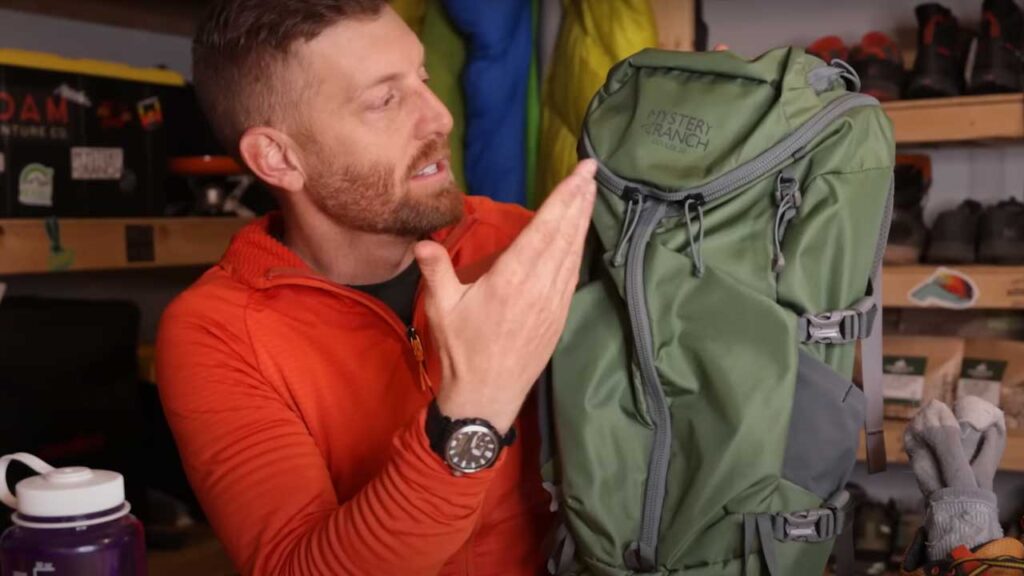
Day Hiking Essential #2: A Day Hiking Pack
Finding the right backpack can be a fun little quest, and when you snag something you're excited about, it will make you want to get out and hike even more. The Mystery Ranch Coulee 20 is my glass slipper. Mystery Ranch has been a sponsor of BackpackingTV for many years, and I am always blown away by the quality of their packs.
For those of you who don't know, the number that follows the name of the backpack typically represents the volume capacity. So, in the case of my Coulee 20, it can hold 20 liters worth of goods. In my opinion, this is the perfect size for standard day hikes. Anything less and you might have to leave behind snacks and layers that could really come in handy. Anything more than about 30L and you might find that the bag sloshes around needlessly.
We did a day pack review, check it out: Bridger 35L Day Pack Review.
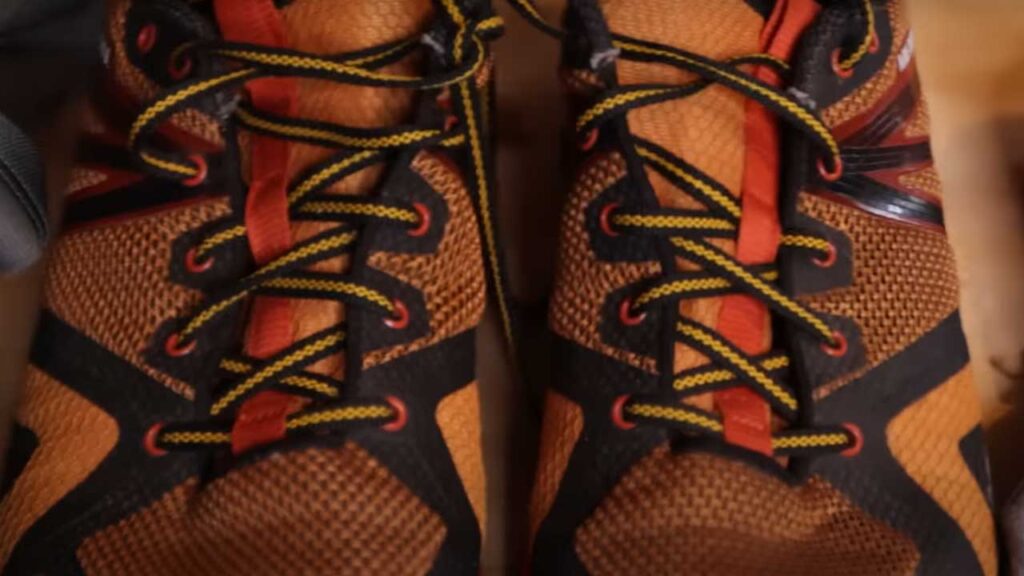
Day Hiking Essential #3: Hiking Shoes
If you find yourself regularly logging more than a couple of miles, then a comfortable/durable pair of hiking shoes will be a huge asset. If the trail is short and level, then you can probably get away with whatever casual shoes you have at home. But longer distances, especially over undulating and uneven terrain, might cause your minimally-protected feet to blister, or you might end up getting injured.
I personally don't think you need to invest in some heavy-duty tank of a boot in order to be a responsible day hiker. I have always gotten by just fine with a lower cut, running-style shoe, as long as it has decent grip, and maybe some reinforcements around the toes. This approach will keep your costs down, and honestly, unless the conditions are particularly gnarly or wet, lightweight shoes feel better and take less time to break in.
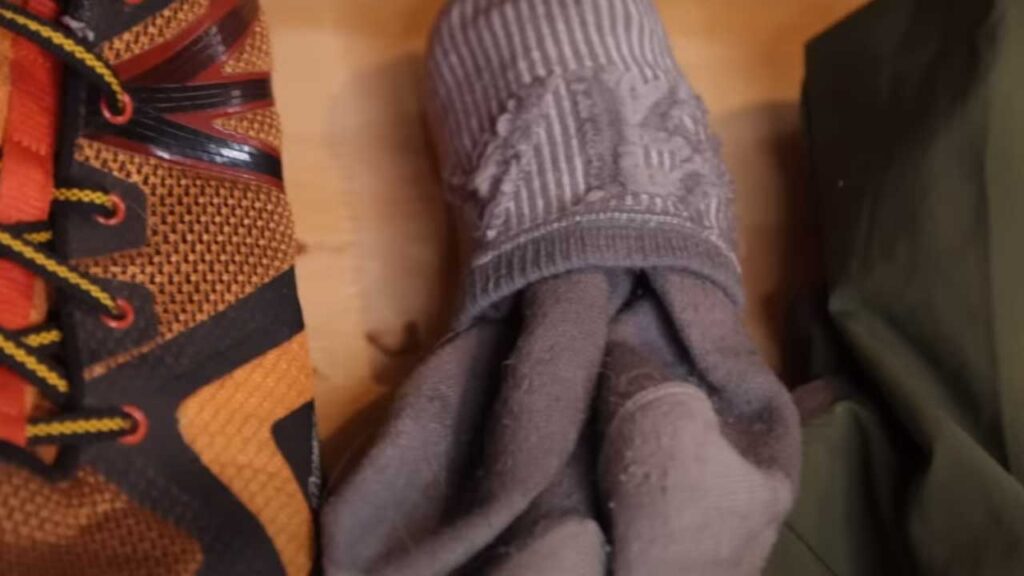
Day Hiking Essential #4: A Good Pair of Socks
Just like how a peanut butter sandwich needs a little jam, no pair of hiking shoes can perform to its full potential without a good pair of socks. I can't emphasize enough that cotton socks are a no-no. Hiking-specific socks will usually be made from wool, synthetic fibers, or a mix of both. Cotton retains moisture which inevitably leads to blisters.
Plus, performance socks will hug your foot better, and often have extra padding. This is an area where you should expect to spend more, but socks are still a relatively small purchase in the grand scheme. A few good pairs will last you for a while, and ensure a better experience on the trail.
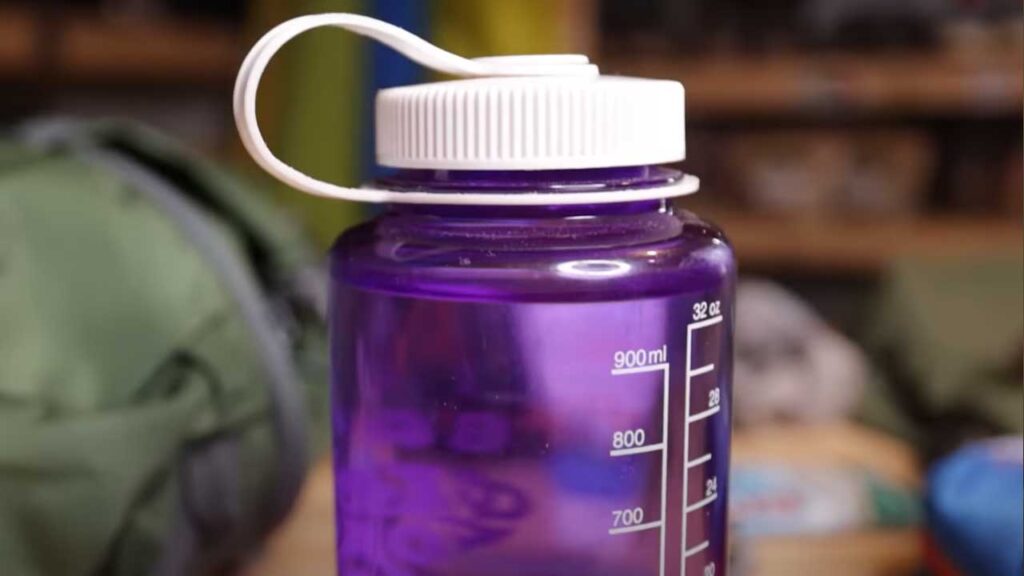
Day Hiking Essential #5: Water
The amount of water that needs to be packed varies depending on the conditions, intensity, and duration of the hike. Under very few circumstances should you ever have less than 1L/person. Buying a disposable 250ml water bottle at the gas station on the way out to the trailhead is not enough (and it's also not ideal for the nature-loving theme of hiking).
Along with my trustee Nalgene bottle, I also like to carry some form of water treatment method with me so that I can reload on the trail. Personally, I've had a lot of success with the GRAYL GeoPress. However, if you're hiking in an arid environment, then you may simply have to carry more fluids.
If you want to learn more about affordable water treatment options, check out $100 Backpacking Water Filters and Purifiers.
Day Hiking Essential #6: Nutrition
Unlike water, you can go for a decent stretch without food. However, smart nutrition on the trail will boost your performance, aid in recovery, and if you ever do get lost or in trouble, you will be glad that you packed redundant snacks. I like to bring things such as Clif Bars (or other nutrient-dense supplements of that sort), trail mix (it's right there in the name, so you can't go wrong!), dried fruit (I personally love apricots and mangos), and anything else that provides you with good sources of carbohydrates (i.e. your most immediate source of energy), and electrolytes (i.e. sodium, potassium, and magnesium).
Once I actually fell into a bout of hyponatremia while on an unexpectedly-long day hike because I only had water with me, which diluted my sodium levels to a dangerous degree. Overhydration is a weirdly common problem in endurance sports, but can be easily thwarted by consuming some salty snacks on the fly.

Day Hiking Essential #7: Jackets for Wind and Rain
Even when I'm hiking in the desert, I always carry a good rain jacket with me (which right now comes courtesy of Cotopaxi). Regardless of what the weather report says, in the wild, and especially if moving to a higher elevation, conditions can change rapidly. Having something to throw on in case of heavy winds or precipitation (in whatever form it may take) is key for staying comfortable until it passes, or until you can return to the safety of the trailhead.
On that same note, I also like to carry a nice packable puffy jacket. Especially in the summer, people adopt a false sense of confidence. But this is when issues can arise. Sure, you were sweating up a storm in just a t-shirt while on the move, but now that you've twisted an ankle or lost your way, perhaps in conjunction with the setting sun or shift in the weather, your body would love something to preserve that precious warmth.
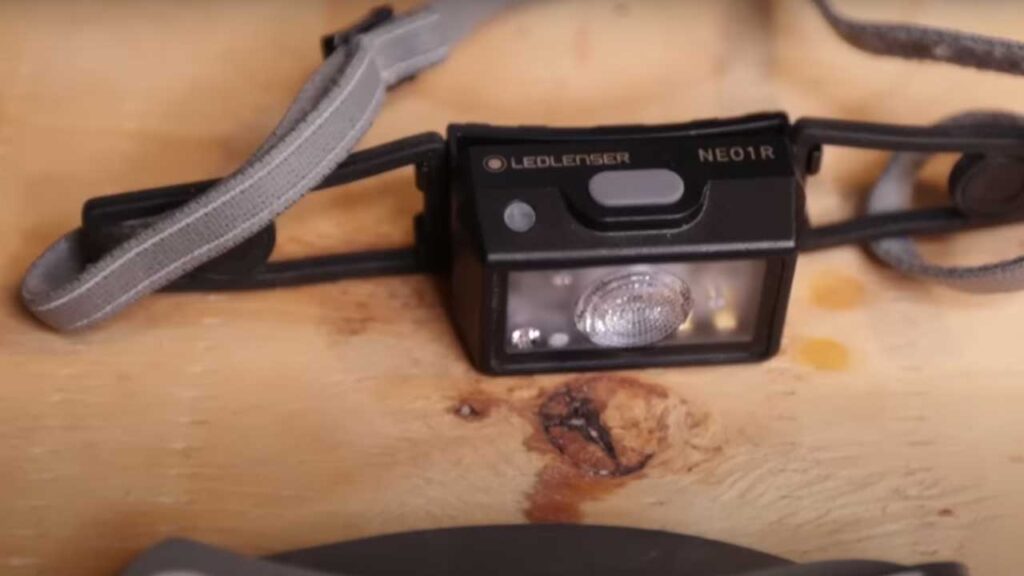
Day Hiking Essential #8: A Head Lamp
If you leave for a short hike at a reasonable hour, then packing a headlamp might seem silly. But part of responsible hiking involves planning for the unexpected. It doesn't need to be fancy, it just has to be fully charged, or have new batteries in it. You can even find ones for around $15, and even the clunkiest of options still stow away in any old pocket of your backpack.
This will not only come in handy if something goes wrong, but it also opens up the wonderful world of sunset lookout hikes. Washing the day down on a backcountry perch is truly a special moment. And afterwards, your headlamp will make that 2-mile return journey a straightforward affair.
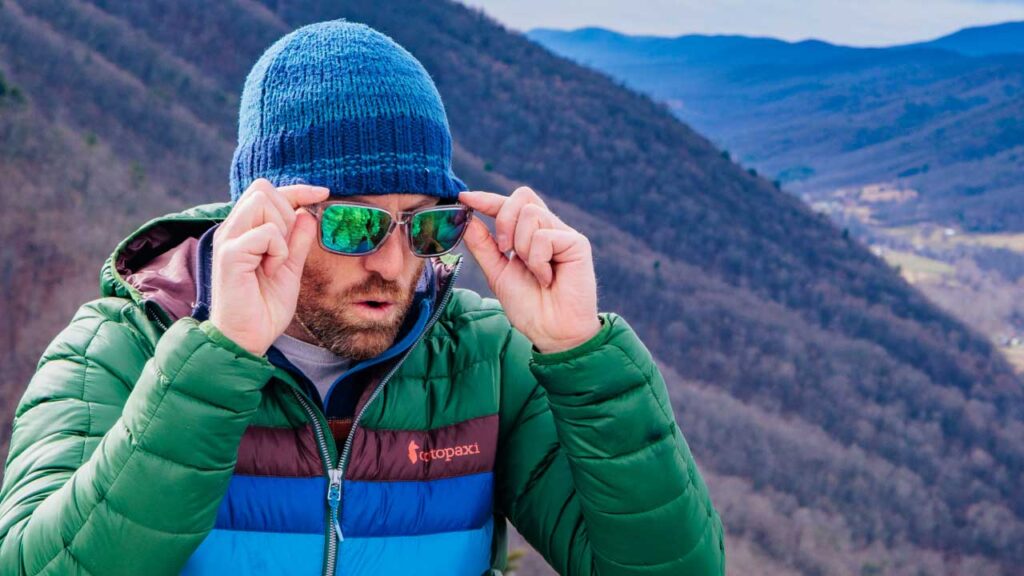
Day Hiking Essential #9: Sun Protection
While storing up Vitamin D is a great benefit for hikers, you don't want to overdo it in the blazing sun. So remember to pack some sweat-resistant sunscreen, a pair of polarized sunglasses (my current faves are from Wiley X), a hat with a brim, and even a light long sleeve for added protection. It may seem counter intuitive, but layering up when the sun simply won't quit can really make a difference. And then, if the temperature drops, it will once again come in handy.

Day Hiking Essentials #10: First Aid Kit
Pick one of these up at your local outdoor dealer or pharmacy and just keep it in your pack in case you need to treat minor wounds. Most often, you'll reach for it because of blisters (so remember to restock those band-aids on occasion).
Day Hiking Essential #11: Navigation
While many novice to intermediate trails are easy enough to follow, being able to navigate your surroundings is important. Currently, the most common way to do this is with your smartphone. There are lots of good apps, such as onX, Gaia, CalTopo, AllTrails, that will do the trick for most day hikes. However, phones can die (especially if you're taking lots of pictures/videos), and so it's wise to have a good old-fashioned map and compass with you as well – especially if you're heading into remote areas. With that said, if you're just going for a simple out-and-back stroll in a popular state or national park, then there probably isn't any need to overthink the outing.
Bonus Item #1: A Pocket Knife
There are certain items that I wouldn't consider “essential,” but I still include them in my regular arsenal. A pocket knife, for instance, might be good to have for opening packages, trimming derelict pieces of gear, or even just whittling a stick just for the hell of it.
Bonus Item #2: A Space Blanket
Some die-hard survivalists (is that an oxymoron?) will insist that every day hiking pack include a space blanket (i.e. that emergency sheet that looks like aluminum foil and reflects your body heat). Personally, I don't feel as strongly about including this, but I wanted to mention it so that you can make a call based on your own experience and comfort level.
Bonus Item #3: A Camera
Sometimes it's nice to unplug and connect with nature, while other times snagging those high-quality shots to share with friends, family, and social media followers is a satisfying way to go. Photography is one of my many side hustles, and so I'm often happy to lug the extra weight, and take the extra time to snap pictures. But I still recommend leaving the camera at home once in a while in order to roam free and easy across the trails.
Based on my professional experience, those are the things that I consider essential (or otherwise helpful) for the majority of standard day hikes. I hope that you feel inspired to throw together a pragmatic pack that will take you to new heights (literally). Once again, one of the appeals of day hiking is that the equipment list and preparation doesn't need to be as intense as full-on backpacking. Just check off some of the basics, start small, and build up from there. Have fun out there!
For more tips, gear suggestions, and bucket-list trails, check out BackpackingTV.

Gear used in this review includes:
Backpacks: Mystery Ranch Coolee 20 Day Pack
Jackets: Cotopaxi Cielo Rain Jacket, Fuego Hooded Down Jacket
Fleece and Layers: Cotopaxi Otero Half-zip Pullover
Sunglasses: Wiley X



